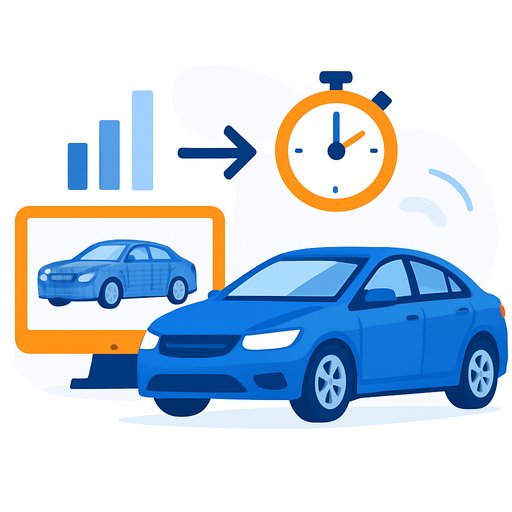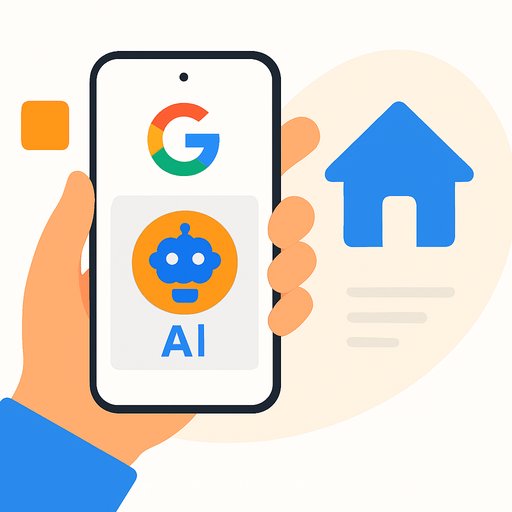Sumitomo Riko cuts simulation time 10x with Ansys SimAI for faster automotive component design
Sumitomo Riko is adopting Ansys SimAI, part of Synopsys, to speed up simulation across product design and manufacturing. By training AI models on existing simulation data, the company is making performance predictions in under five minutes with accuracy comparable to high-fidelity solvers.
The impact shows up in anti-vibration design, battery cooling, magnetic field analysis, and mixing heat transfer. Early results include 10x faster cycles for mechanical predictions on rubber bushes used in suspension systems, plus over an hour saved per new design iteration.
Why this matters for product development
- Shorter design loops: 10x faster feedback enables more iterations before tooling or prototyping.
- Less pre-processing overhead: No need to parametrize geometries to explore performance trade-offs.
- Broader access: High-fidelity models can be used by experts and non-experts, improving collaboration across teams.
- Stronger PLM workflows: AI models feed consistent data into design, manufacturing, and end-of-life decisions.
How SimAI fits into the workflow
- Aggregate historical or ongoing simulation datasets for a target component family.
- Train an AI model that learns from geometry and results without manual parameterization.
- Validate against FEA/CFD ground truth on a held-out set; set acceptance thresholds by use case.
- Deploy for fast what-if studies and cross-functional access; connect outputs to PLM processes.
Results reported so far
- Under five minutes to predict performance for new designs.
- Over one hour saved per design compared to traditional runs.
- 10x speedup on mechanical performance prediction of select rubber bushes.
Where Sumitomo Riko is applying it
- Anti-vibration design and exploration (vibration isolators, bushes, hoses).
- Battery cooling studies and thermal performance checks.
- Magnetic field analysis and mixing heat transfer analysis.
- Workflow automation across design, manufacturing, and retirement phases.
Voices from the rollout
Noritaka Matsuoka, who leads analysis and experiments at Sumitomo Riko's advanced systems R&D Center, highlights a push to automate workflows across the lifecycle and accelerate AI adoption. Eliminating the need for parametrized geometries is helping multiple teams work from the same models.
Walt Hearn, senior vice president at Ansys (part of Synopsys), points to the early concept phase, where teams must balance speed and accuracy. AI-driven predictions help teams make data-backed choices before committing to prototypes.
Implementation checklist for your team
- Inventory your simulation data assets and CAD sources for one component family.
- Define KPIs: acceptable error bands, turnaround time targets, and iteration cadence.
- Split data into train/validation/test sets; lock a repeatable benchmarking protocol.
- Start with a limited design space; expand after error analysis and failure-mode review.
- Embed model outputs into PLM and change-control steps to keep decisions traceable.
- Establish governance: data quality checks, model versioning, and access controls.
- Upskill stakeholders who will consume predictions, not just simulation specialists.
Learn more about the platform here: Ansys SimAI.
If you need a structured way to upskill teams on AI for product work, explore role-based learning paths: Complete AI Training - Courses by Job.
Your membership also unlocks:






